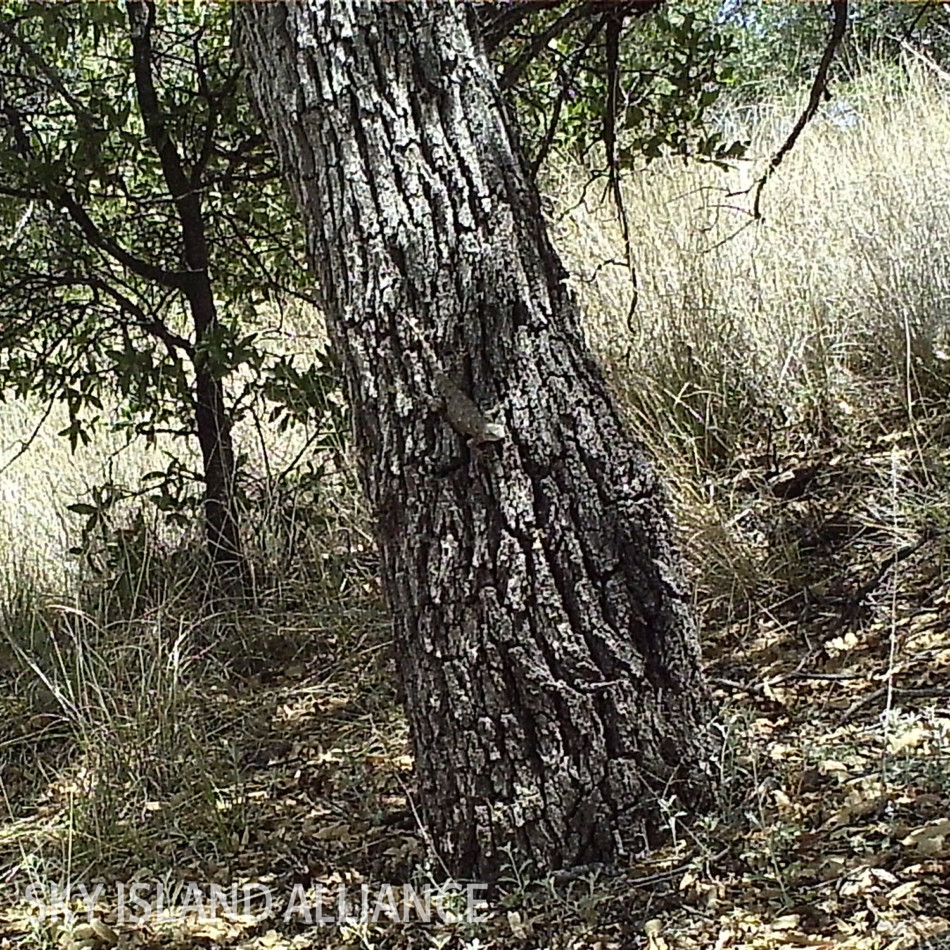

Since the Bearded anole has been ranked as vulnerable, only non-lethal sampling techniques were used. Upon completion, these specimens will be given to the Museum of Vertebrate Zoology to serve as a resource for the broader scientific community. These individuals will be used for RNA analysis to fully capture their genetic makeup along with providing additional information through x-ray and CT-scanning analyses. In addition, six Anguilla anoles from one wet site and one dry site were collected. Each lizard specimen had a small genetic sample removed from their tail, then measured, photographed and released alive. Fifty individuals were collected from each of the two species (Anguilla and Bearded Anole). In January 2020, researchers from University of California and Smithsonian Institution visited St. Maarten provides the perfect research site to understand the link between genetic, cellular, and phenotypic characteristics with the environment. With its diverse habitat range, paired with the fact that the Anolis populations of the island are known to have a wide variety of colors and patterns which may be adaptive to their environment, St. pogus, the Anguilla and Bearded anole respectively. Maarten in particular is home to two species of Anolis lizards, A.

Researchers will work to compare Lesser Antillean anoles to better understand any overlap between phenotypic, genetic and cellular evolution.Įach island in the Lesser Antilles has been uniquely colonized by various species of Anolis lizards. New technology grants researchers the ability to study specimens at both the genetic and cellular level. Although there have been many documented cases of this, scientists do not fully understand to what degree these observable evolutionary changes (phenotypic) relate to a genetic or cellular evolution. Often populations will evolve in similar ways in response to similar environments, due to either natural selection or shared evolutionary constraints. The first research project is taking a closer look at how Anolis, a genus of lizards, are evolving to match conditions within their specific habitats, specifically dry scrublands versus more temperate climates. As climate change continues to threaten global biodiversity, learning to properly protect endemic species will become increasingly important, especially for small islands such as those of the Lesser Antilles. Specimens collected during these projects will be donated to the Museum of Vertebrate Zoology and/or Nature Foundation Sint Maarten where they will serve to further scientific research and provide material for educational outreach. This research is not only critical for understanding the history of these species, but in designing effective conservation strategies for the future. Frederick of the University of California and Smithsonian Institution were set out to better understand the evolutionary history of a few reptiles and amphibians native to these islands.

Two new research projects led by scientists Michael L. The islands of the Lesser Antilles serve as biodiversity hotspots within the Caribbean, known to host a great number of endemic species.


 0 kommentar(er)
0 kommentar(er)
